This post is about esoteric analogies between Bach’s Fugue in B minor (BWV 579) and kundalini cultivation.
Some of my exposition will be about what I sense cultivating kundalini while listening to BWV 579. This part will be, not surprisingly, personal and subjective. I will appreciate if someone could share with me his/her personal experiences on this (it would be interesting to see which part of the experience is personal and which one universal). The other part of this exposition will be more intelectual/rational. In this part I’ll build analogies or “bridges” between my subjective experience and the sheet music, providing the objective counterpoint to the subjective experiences.
I’ll focus on a specific part at the end of the fugue, where the effect of the music on an energetic basis is more intense. Musically it’s the most emotionally intense part, too (well… at least for me ;)).
You may find the fugue in B minor on www.youtube.com. Ton Koopman’s outstanding rendition is for example there. There is another version which provides the sheets matching the music (don’t know who the interpreter is, cause the video description doesn’t say anything about it :().
-
Kundalini rising
This part of the music corresponds to bars 3 and 4 of the following sheet. It begins at the 05′:11” timestamp of the youtube.com video with the music sheets. Or 05′:04” of the Koopman youtube.com video. And ends at the 05′:17” timestamp of the first video. Or the 05′:11” of the Koopman’s.
In this part of the music, I sense the kundalini energy rising through the spine. The raise is made up of 2 phases.
(Image copyright of Gil Deckel, published under a Creative Commons license. Taken from Wikipedia.)
- Chakras 1-4 (3rd bar and beginning of the 4th): in this part I sense the kundalini energy rising. If we look into the score we see both the pedal (lower chakras) and the left hand (middle chakras) playing an ascending scale. A total of 8 notes are played by each one. The notes 1-3 and 4-6 are actually the same, so this makes a total of 4 different notes (4 chakras). In my subjective experience, the pedal makes the strongest effect, rising the kundalini from the very root chakra upwards.
- Chakras 5-7 (end of the 4th bar): in this part of the music I sense the kundalini rising but in a more subtle (spiritual) way. I also sense the sexual tension increasing. Looking into the sheet, we see the right hand playing a double ascending scale .The right hand plays higher notes (more yin/spiritual) than the left one, or the pedal, so this matches the more spiritual sensation. We also see that the notes of the double ascension scale are closer in frequency, i.e. more dissonant (this matches the sexual tension increase, as dissonance is used to build tension in the music). The right hand plays a total of 7 notes. Notes 1-3 and 4-6 are the same, making a total of 3 different notes (3 chakras).
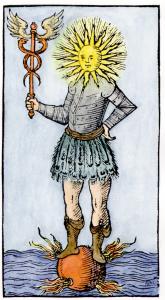
(The previous image is courtesy of Adam McLean. Taken from the alchemy web site www.alchemywebsite.com. Copyright Adam McLean 1997-2012).
-
Microcosmic orbit circulation
In this part, J.S. Bach breaks the tension in an unexpected and genial way. The left and right hands both play a counterpoint that makes the energy to circulate. In this part I sense the energy ascending through the back channel and simultaneously descending through the front one.
Note: the microcosmic orbit circulation belongs more to the Chinese system of qi gong meditation, rather than to the tantric/Indian of kundalini. If we are strict, the title of this post should be more like “Kundalini/qi gong and fugue in B minor (BWV 579)”.
(Image under public domain. Taken from Wikipedia).
This part of the music corresponds to the first bar of the following sheet. It begins at the 05′:17” timestamp of the youtube.com video with the music sheets. Or 05′:11” of the Koopman youtube.com video. An ends at the 05′:21” timestamp of the first video. Or the 05′:16” timestamp of the Koopman’s.
In the previous sheet we see the left hand (lower/yang frequencies) playing a “serpent” of semiquaver notes (a faster/yin transition). The right hand (higher/yin frequencies) plays in counterpoint another “serpent”, consisting of crotchets and quaver notes (a slower/yang transition). So, the yang frequencies/yin transition of the left hand are mixed with the yin frequencies/yang transition of the right hand. This constitutes an interaction (hieros gamos or sacred marriage) between yin-yang and yang-yin aspects of the music that makes the energy to circulate. Musically this part of the music is lived like a magickal and alchemical moment.
(The previous 2 images are courtesy of Adam McLean. Taken from the alchemy web site www.alchemywebsite.com. Copyright Adam McLean 1997-2012).
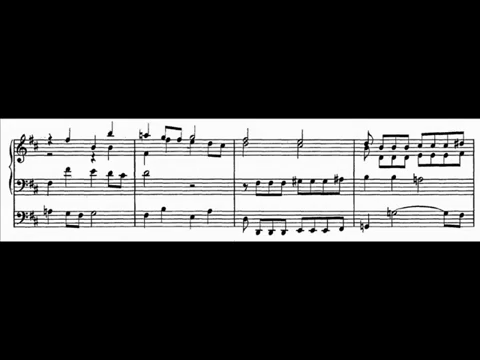
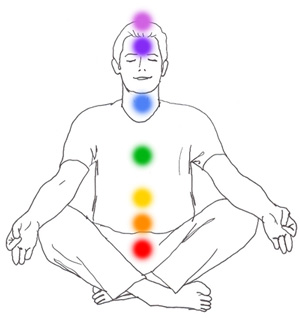
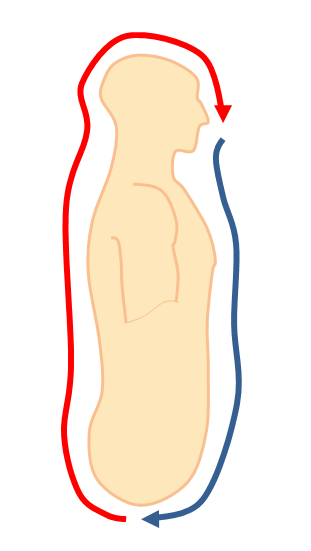
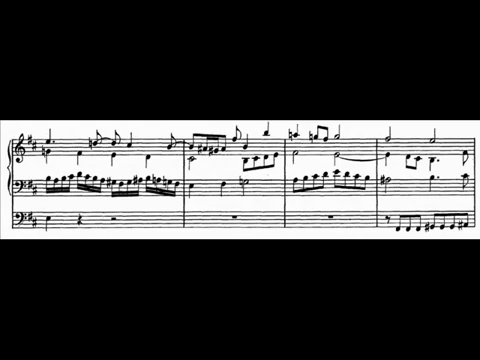

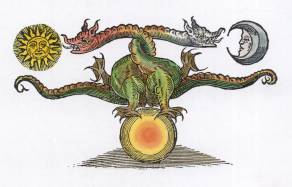
Thank you for such an interesting insight on this wonderful piece of art!
Here is the Zagreb Guitar Quartet’s version:
https://www.youtube.com/watch?v=sTy5fUmkmGM
😉 BWV 579 is one of my favourite Bach organ works.
Thanks for sharing your guitar version. It’s a very passionate rendition. 🙂